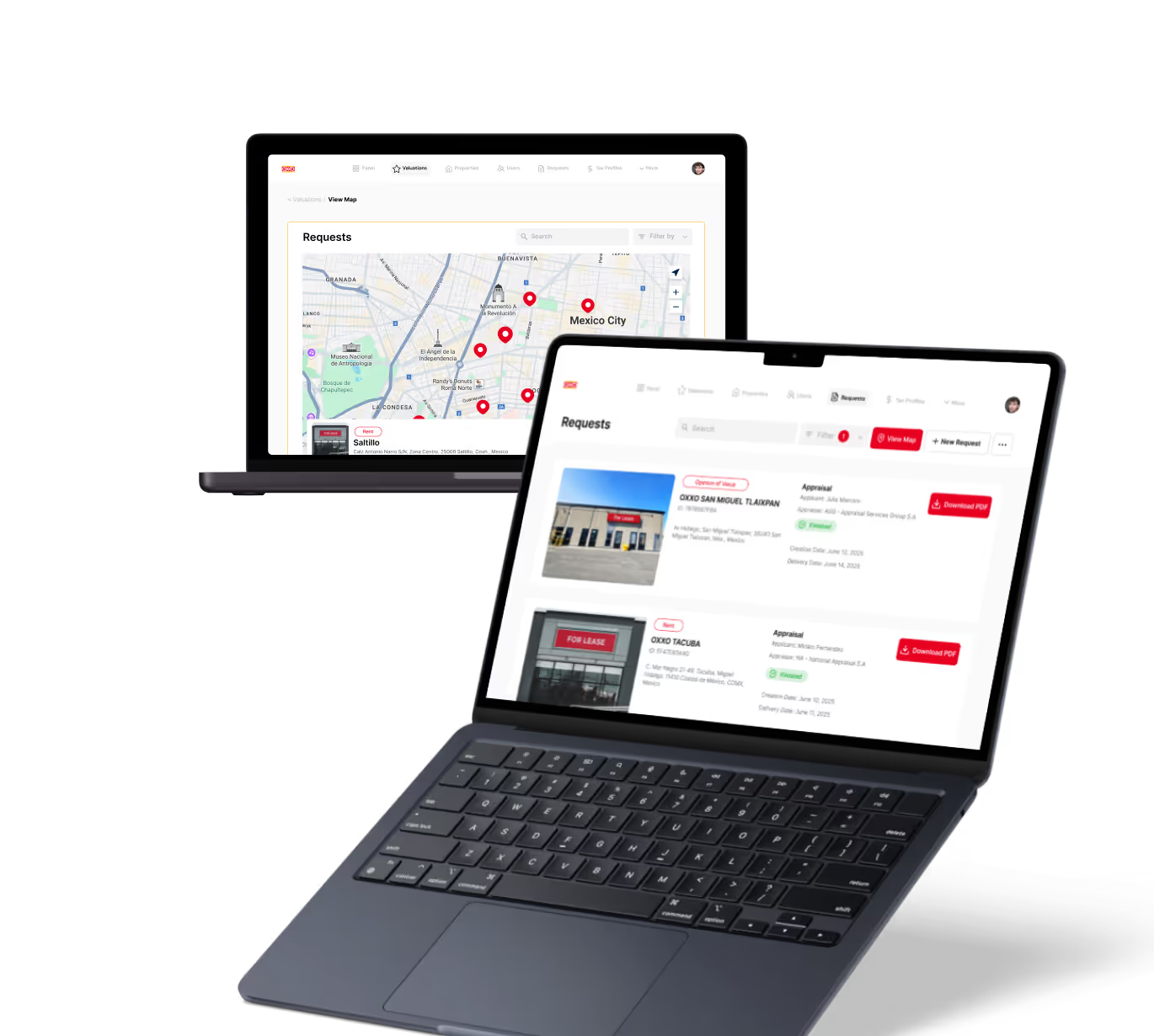Internal Tools in Product Management
Product Management
Explore how internal tools empower product management teams to streamline workflows and boost efficiency.
Introduction
When managing products, having the right internal tools can make all the difference. These tools help teams organize tasks, track progress, and communicate clearly. If you want to improve your product management process, understanding internal tools is key.
In this article, we will explore what internal tools are, why they matter in product management, and how you can use them effectively. You will also find examples and tips to help your team work smarter, not harder.
What Are Internal Tools in Product Management?
Internal tools are software applications built or used within a company to support specific workflows. In product management, these tools help teams plan, track, and deliver products efficiently. They are often customized to fit the unique needs of a team or project.
Unlike external tools, which are designed for customers or users, internal tools focus on improving the work behind the scenes. Examples include dashboards, data trackers, bug trackers, and communication platforms.
- Task management tools: Help assign and monitor tasks.
- Analytics dashboards: Show product performance data.
- Bug tracking systems: Record and prioritize issues.
- Collaboration platforms: Facilitate team communication.
Using these tools, product managers can keep projects on track and make better decisions.
Why Internal Tools Matter for Product Management
Internal tools save time and reduce errors by automating routine tasks. They also improve transparency, so everyone knows the status of work. This clarity helps teams avoid misunderstandings and delays.
With the right tools, product managers can focus on strategy instead of manual work. For example, tools like Jira or Trello help track progress visually. Custom dashboards built with no-code platforms like Bubble or Glide can show real-time data tailored to your needs.
- Boost productivity: Automate repetitive tasks.
- Enhance communication: Keep teams aligned.
- Improve decision-making: Access accurate data quickly.
- Adapt to change: Customize tools as projects evolve.
These benefits make internal tools essential for successful product management.
Popular Internal Tools and Platforms
Many tools are available to help product managers build or use internal systems. Some popular no-code and low-code platforms allow teams to create custom solutions without heavy coding.
Here are some examples:
- Bubble: Build complex web apps for dashboards or workflows.
- Glide: Create mobile apps from spreadsheets for quick data access.
- FlutterFlow: Design cross-platform apps with drag-and-drop features.
- Make (formerly Integromat): Automate workflows by connecting apps.
- Zapier: Link different tools to automate tasks.
These platforms let product teams tailor tools to their exact needs without waiting for developers.
How to Build Effective Internal Tools
Building internal tools starts with understanding your team’s pain points. Identify tasks that take too long or cause confusion. Then, choose or create tools that simplify these tasks.
Follow these steps:
- Assess needs: Talk to your team about challenges.
- Choose a platform: Pick no-code or low-code tools that fit your skills.
- Design workflows: Map out how the tool will work.
- Build and test: Create a prototype and gather feedback.
- Iterate: Improve the tool based on user input.
For example, a product manager might build a custom dashboard in Bubble to track feature requests and bug reports in one place. This reduces the need to switch between multiple apps.
Use Cases of Internal Tools in Product Management
Internal tools can support many product management activities. Here are some common use cases:
- Roadmap tracking: Visualize product timelines and milestones.
- Customer feedback management: Collect and prioritize user suggestions.
- Bug and issue tracking: Log problems and assign fixes.
- Team collaboration: Share updates and documents easily.
- Data reporting: Generate reports on product performance.
For instance, Glide can turn a spreadsheet of customer feedback into a mobile app that the team can update and review anytime. This keeps everyone informed and responsive.
Challenges and Best Practices
While internal tools offer many benefits, there are challenges to consider. Poorly designed tools can confuse users or add extra work. Also, maintaining and updating tools requires ongoing effort.
To avoid these issues, follow best practices:
- Keep it simple: Build tools that are easy to use.
- Involve users: Get feedback from the team regularly.
- Document processes: Provide clear instructions and support.
- Plan for updates: Schedule time to improve tools as needs change.
By focusing on usability and continuous improvement, internal tools become valuable assets rather than burdens.
Conclusion
Internal tools play a vital role in product management by streamlining workflows and improving communication. They help teams stay organized and make better decisions. Whether using popular platforms or building custom apps, the right tools empower product managers to deliver value faster.
Remember, the best internal tools fit your team’s unique needs and evolve with your projects. Start small, gather feedback, and improve over time. With the right approach, internal tools become a powerful part of your product management success.
FAQs
What are internal tools in product management?
Why are internal tools important for product managers?
Can product managers build internal tools without coding skills?
What are common use cases for internal tools in product management?
How do I start building an internal tool for my product team?
What challenges should I watch for when using internal tools?
Related Terms
See our numbers
315+
entrepreneurs and businesses trust LowCode Agency
Investing in custom business software pays off
We were managing property valuations across multiple brands, and the complexity was overwhelming our traditional processes. Every day of delay in property evaluation meant potential lost revenue and competitive disadvantage.
15,000+
property valuations managed through centralized platform
40%
reduction in valuation processing time

J.Antonio Avalos
,
Product Manager Lead
OXXO



%20(Custom).avif)